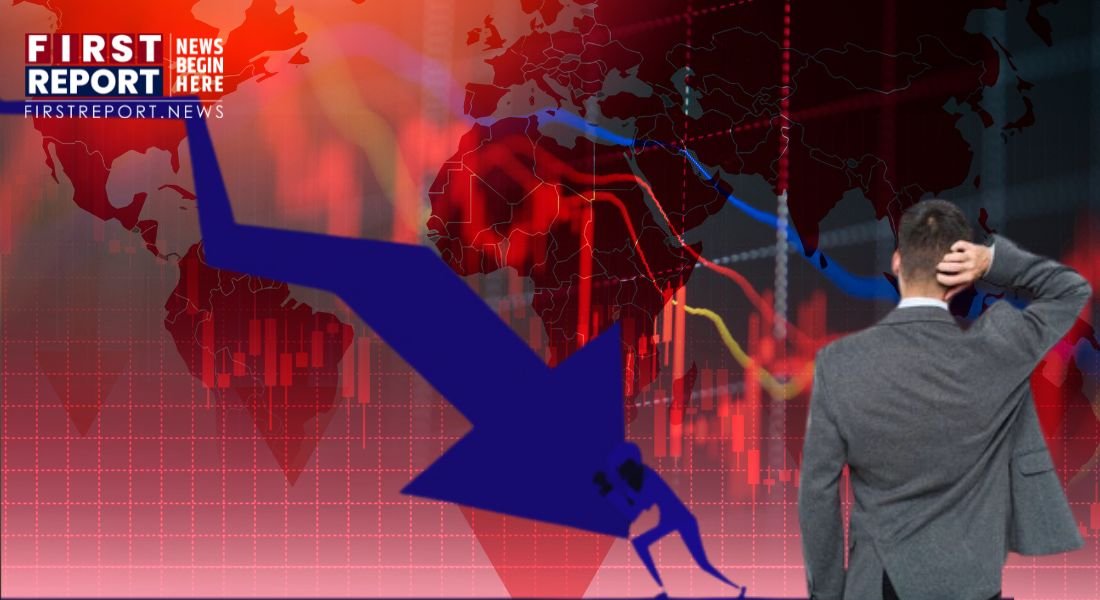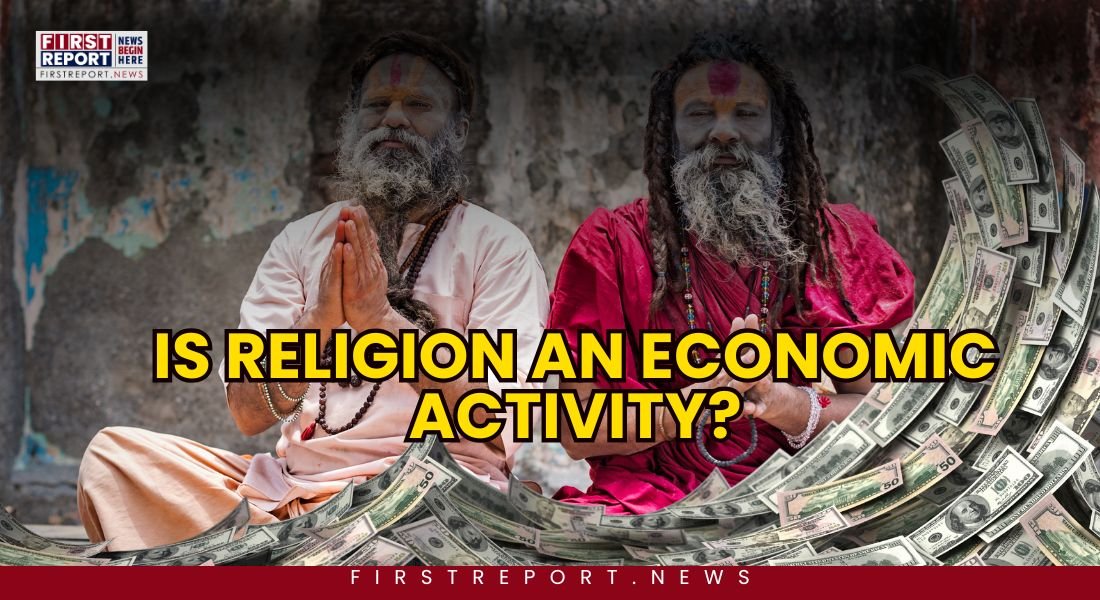A recession is a big, long-lasting drop in how well the economy is doing. It usually means that the economy is shrinking, often shown by a fall in the total value of goods and services produced (GDP) for two consecutive quarters.
Types of Recessions
Recessions can be grouped by how serious they are, how long they last, and what causes them. Here are some usual types:
- Economic recession
- Financial recession
- Demand-pull recession
- Cost-push recession
- Stagnation with inflation
Causes of Recessions
Recessions are times when the economy slows down a lot, with less business happening and more people losing their jobs. There isn’t just one reason why they happen, but several things can lead to a recession:
Economic Factors
- Inflation
- High Interest Rates
- Supply Chain Disruptions
- Prices of Assets Going Too High
Financial Factors
- Credit Crisesy
- Financial Panics
External Factors
- Natural Disasters
- Geopolitical Events
Other Factors
- Overconsumption
- Technological Shocks
Also Read: Online Vs Offline Shopping
Impact of Recession
- As businesses cut costs, layoffs become more common.
- People losing their jobs and not knowing what will happen with the economy make them spend less.
- Less spending by customers and higher costs can hurt how much money a business makes.
- The prices of stocks, bonds, and other financial things can change a lot.
- Governments sometimes give out money to help the economy, but this can lead to more debt.
- Hard times can cause stress, worry, and social issues.
- But hard times can also lead to new ideas and better long-term growth.
Also Read: Creativity vs Knowledge – Which Is Better?
Economic Impact
| Factor | Impact |
| Unemployment | Loss of income, increased financial stress, social isolation |
| Inflation | Decreased purchasing power, higher prices for goods and services, erosion of savings |
| GDP Decline | Reduced economic activity, job losses, lower living standards |
| Income Reduction | Decreased purchasing power, difficulty meeting basic needs, increased financial hardship |
| Poverty Increase | The rising number of people living below the poverty line increased social inequality, reduced access to essential services |
Also Read: Organic Farming — Good or Bad
Social Impact
| Factor | Impact |
| Homelessness | Increased exposure to harsh conditions, health risks, social isolation |
| Crime Increase | Fear, insecurity, property damage, reduced quality of life |
| Social Unrest | Protests, civil disobedience, violence, erosion of social cohesion |
| Mental Health Issues | Increased stress, anxiety, depression, substance abuse |
| Family Breakdown | Financial strain, relationship conflicts, child neglect, abuse |
Also Read: Co-Education- Pros and Cons
Business Impact
| Factor | Impact |
| Bankruptcy | Financial ruin, asset liquidation, job losses |
| Business Closures | Loss of jobs, economic downturn, reduced consumer choice |
| Job Losses | Increased unemployment, economic hardship, reduced consumer spending |
| Reduced Profits | Decreased revenue, lower investment, potential business failure |
| Supply Chain Disruptions | Delayed production, increased costs, product shortages |
Also Read: Peer Pressure— Pros and Cons
Government Impact
| Factor | Impact |
| Increased Government Spending | Higher taxes, increased debt, potential fiscal crisis |
| Tax Revenue Decline | Reduced government funding for essential services, increased debt |
| Debt Increase | Higher interest payments, reduced ability to invest in future, potential economic instability |
| Social Safety Net Strain | Increased demand for government assistance, potential cuts to services, increased social inequality |
Also Read: Pros and Cons of E-Commerce for Businesses
Global Impact
| Factor | Impact |
| Trade Disruptions | Reduced economic activity, increased prices, supply chain disruptions |
| Financial Market Instability | Reduced investment, increased volatility, potential economic crisis |
| Political Instability | Conflict, violence, displacement, reduced economic development |
| Migration | Social tensions, increased competition for resources, cultural challenges |
| Global Poverty Increase | Reduced economic opportunities, increased inequality, social unrest |
Also Read: Old Age Homes in India
Government Response to Recession
Monetary Policy
- Lower interest rates make borrowing cheaper, stimulating investment and consumption.
- Central banks purchase government bonds or other assets to inject money into the economy.
- Central banks may loosen lending requirements for banks to encourage more loans.
Fiscal Policy
- The government invests in infrastructure, public services, or tax cuts to boost demand.
- Reducing taxes for individuals or businesses can increase disposable income and spending.
- Unemployment benefits and progressive taxation automatically cushion the impact of a recession.
Structural Reforms
- Increasing the ease of hiring and firing can improve efficiency and reduce unemployment.
- Reducing trade barriers can increase competition and lower prices for consumers.
- Streamlining regulations can reduce costs for businesses and encourage investment.
- Investing in education and skills training can improve the workforce and productivity.
- Supporting research and development can promote economic growth and job creation.
Also Read: Mob Lynching in India
Long-Term Effects of Recessions
Recessions can have lasting impacts on individuals, businesses, and economies. Here are some of the long-term effects:
Individual Effects
- Job Loss and Unemployment
- Debt Accumulation
- Reduced Savings
- Delayed Retirement
- Reduced Home Equity
Business Effects
- Business Closures
- Reduced Investment
- Increased Competition
- Supply Chain Disruptions
Economic Effects
- Reduced Economic Growth
- Increased Government Debt
- Income Inequality
- Reduced Productivity
Also Read: Unemployment Rate in India




